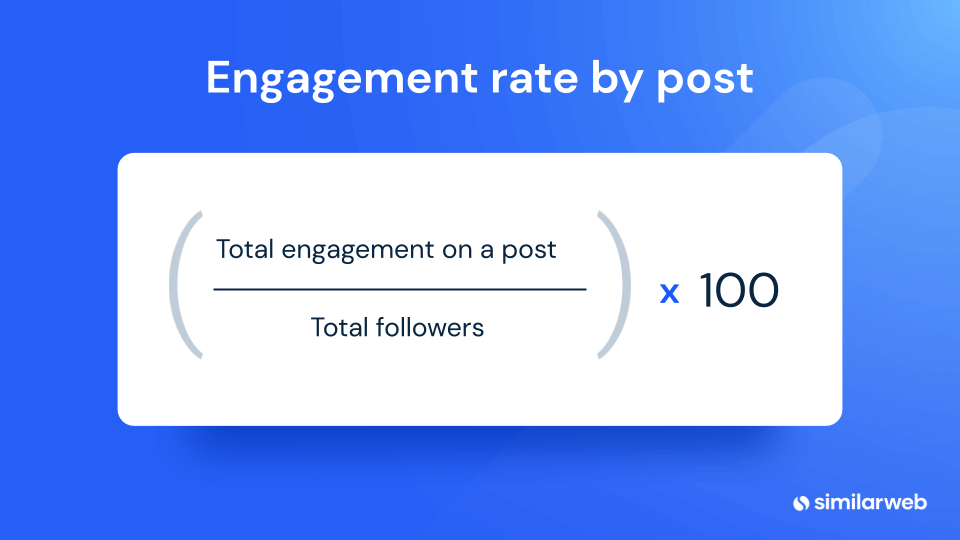
Content hubs offer a great way of creating an online community as well as generating leads. Your website can become an authority in its area by creating a collection related content. Content hubs can either be used on a website or microsite. This article will walk you through the process of creating and managing a content hub. Once you have completed this step, you will be well on the way to creating a content community that generates leads for your company.
Identifying your audience
In order to make content that converts, you must identify your audience and the journey they are on. To determine who your audience is, you need to look at their buying habits, online behavior, and demographics. Choose topics that aren’t too competitive, but still have high searches volumes. It is important that your hub is easy-to-use and provides solutions to the problems they face. This will ensure your content will be found by the right people at the right time.
Next, conduct audience research once you have identified your audience. The next step is to determine who your target audience are and then create a content platform that addresses their needs. It is also important to consider the internal stakeholders. Using a stakeholder interview matrix will help you gather new insights from everyone in the organisation. The more you know about your audience, the better your content will be. A well-designed hub for content will promote collaboration and creative coherence.

The creation of a content center
A content hub will help increase traffic to your site, improve your SEO and delight your customers. Content hubs allow you to easily find content from different sources. They also make it easy for Google to understand your site's purpose and structure. So how do you create one of these content hubs? For a better content hub, follow these tips. It will pay off.
- Search through the content of your website and identify themes. A content hub to help you buy a house is best broken down into three major pillars or sections. The content hub's function will be determined by the pillars that you choose. Here's an example:
Optimizing content hubs
To optimize a content hub, you need to create a series evergreen content links to various subtopics. It should be searchable, and create a rabbit hole for users. This will help your brand gain more visibility on the web and boost user engagement. Here are some tips for optimizing a content hub:
Your audience's journey from awareness through conversion is a key consideration when choosing a topic to host a content hub. It's helpful to analyze the demographics and behaviors of your target audience to choose topics they're more likely to search for. It is important to ensure the topics you select are relevant to your chosen niche. Consider how frequently they visit your content hub, and how often.

Management of a content center
Management of a content hub can feel like herding cats. It can be frustrating when one piece of content is gaining more engagement than another. Instead of trying desperately to collect every piece, organize and curation your content so it can be found a place in a content hub. Your content will stand out and attract more traffic to your hub by being organized and curation. Here are some tips and tricks for managing a content hub.
Avoiding silos in SEO is one of the most powerful SEO practices. Combining relevant and related content can help increase the authority of your site and increase brand value. Content hubs can improve SEO rankings and increase visitors' likelihood to stay on your site. They also make it easier for them to access multiple pages. In addition to creating a hub page, you can also create subclusters with related content. It can be compared to a wagon wheel with spokes. Here are some additional benefits of content hubs.
FAQ
What are the 7 steps of content marketing?
The content marketing process is seven steps long
-
Identify the problem
-
Find out what's working now
-
New ideas are possible
-
Use them to create strategies
-
Try them
-
Measuring the results
-
Repeat the cycle until you find something that works.
This strategy is practical for both large and small businesses.
What makes content marketing different to traditional advertising?
While traditional advertising focuses on getting attention and content marketing on providing value, it is not as effective. Because most people don't pay attention to traditional advertising, it is often a waste. You'll get much better engagement rates with content marketing.
What are some of the benefits of content-marketing?
The creation of high-quality, relevant content can be used to increase sales and lead generation. Content marketing is a constant stream of quality content that can help promote products and/or services. Content marketing also increases brand awareness and trust among potential clients. The best part about content marketing is that it creates a positive image and reputation for your company.
Statistics
- Content marketing produces 3X more leads per dollar spent. Content marketing costs 62% less than traditional marketing. (criteo.com)
- Seventy-two percent business to business (B2B) (mailchimp.com)
- Out of the 1,500 marketers we surveyed for our State of Content Marketing report, 78% who felt their content marketing strategy was exceptionally effective in 2021 had documented their strategy. (semrush.com)
- According to our research, 65% of companies with very successful content marketing in 2021 ran content audits at least twice a year. (semrush.com)
- According to our research, brand awareness, attracting traffic, and generating leads remain the key content marketing goals in 2022. (semrush.com)
- To further show the importance of this, 89% of people have stopped doing business with a company because of a poor experience. (neilpatel.com)
- Measure your goals with a progress indicator of 0-100%. Make your goals collaborative and transparent (semrush.com)
- According to the Content Marketing Institute, 70% of B2B marketers and 86% of B2C marketers surveyed use content marketing in some form or other. (criteo.com)
External Links
How To
How can you make your videos even more amazing?
Video Marketing is one powerful tool in Content Marketing. It helps you connect to your audience, engage with them emotionally, and build trust. But how do we go from boring to awesome? Let's look at some simple tips!
-
Tell a tale. Every piece of communication is better if it has storytelling. Video marketing doesn't work without storytelling. If you want to tell stories, you must ask yourself what kind of stories you want to tell. Do you find it entertaining? Educational? Inspiring? You can find inspiring stories on social media through videos and photos. Take inspiration from these stories and make your own.
-
Use images. Images convey emotions better than words. They enable us to communicate with others and feel empathy. Images are essential for a video. Images can be added to slideshows, or embedded directly into blog posts.
-
It should be easy to share. You want viewers to spread the word. Make it easy. Include sharing buttons on your videos. Slideshows can include social icons. Add "Share" buttons to your videos, especially if you have a YouTube Channel.
-
Don't overdo it. Over-exaggerating graphics and information can lead to viewers losing interest. Keep it simple. A few striking images are all that is needed to grab your attention and keep you there.
-
Keep it short. People love to watch short videos. Make short videos, no more than 5 minutes, to build buzz around your brand.
-
Get feedback. Listen to your audience. Ask them about what works for them and what doesn’t. To improve your content, use their answers.
-
You should create a plan. Now that you have made your first video, think of how you could create more. Can you create a series? Maybe you can create a playlist with the most watched videos?
-
Test, test, test. It is not a good idea to release a video only to find out that no one watches it. You should test any video before it is released. Take a look at the reactions. You can then make changes based off those results.
-
Repeat. Keep going until you find your perfect formula. Once you understand what works, you will be able to make great videos over and over again.
-
Measure the results. It is crucial to measure success with your videos. What did they do? What are the preferences of certain audiences? These questions can help you refine your strategy.
-
Adjust as needed. Do not stop learning even after your video campaign launches. Make mistakes and learn from them. The best marketers never stop learning.
-
Enjoy it. Video marketing isn’t hard but takes patience. As you gain experience, you'll learn new strategies, techniques, and ideas to help you grow your business.